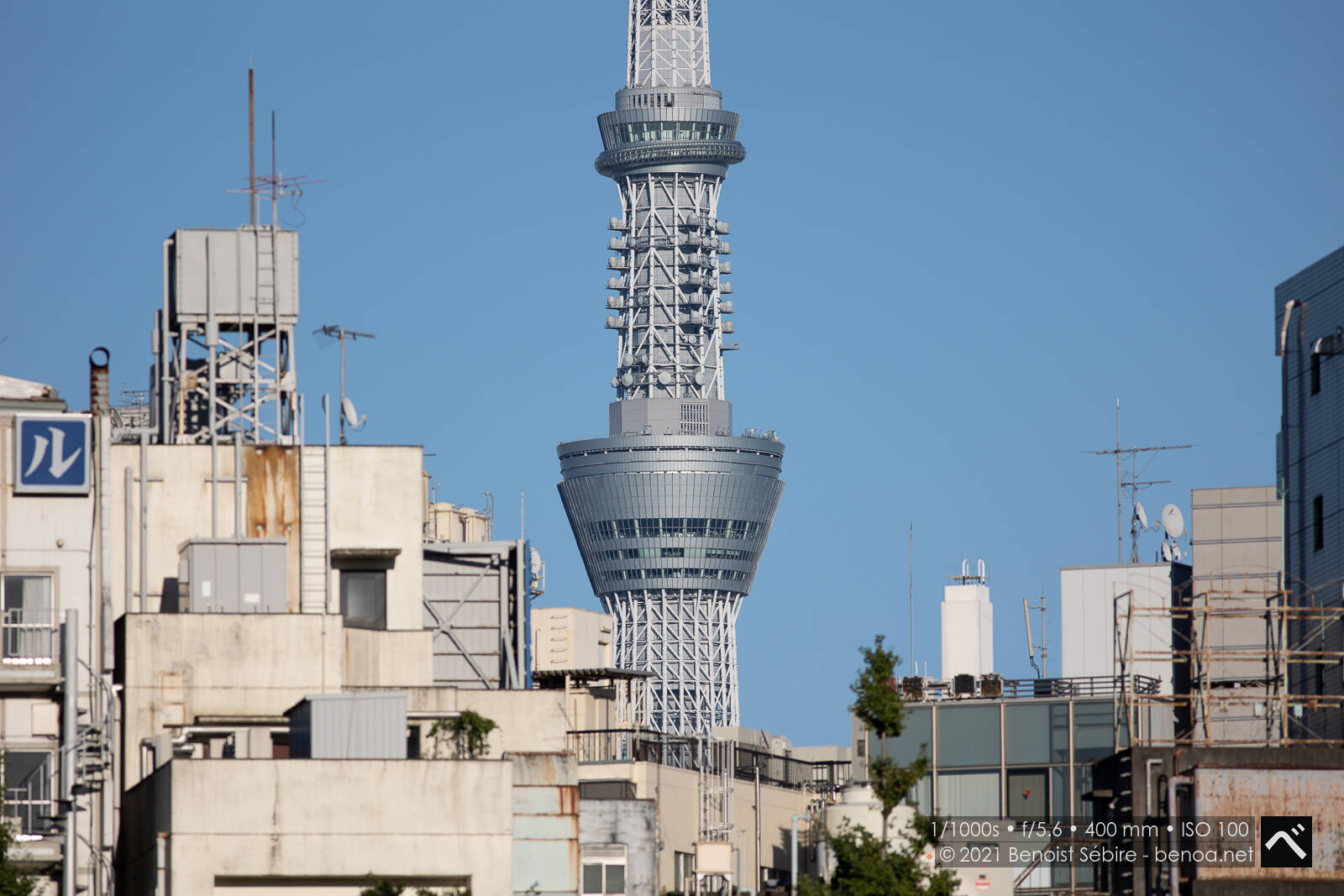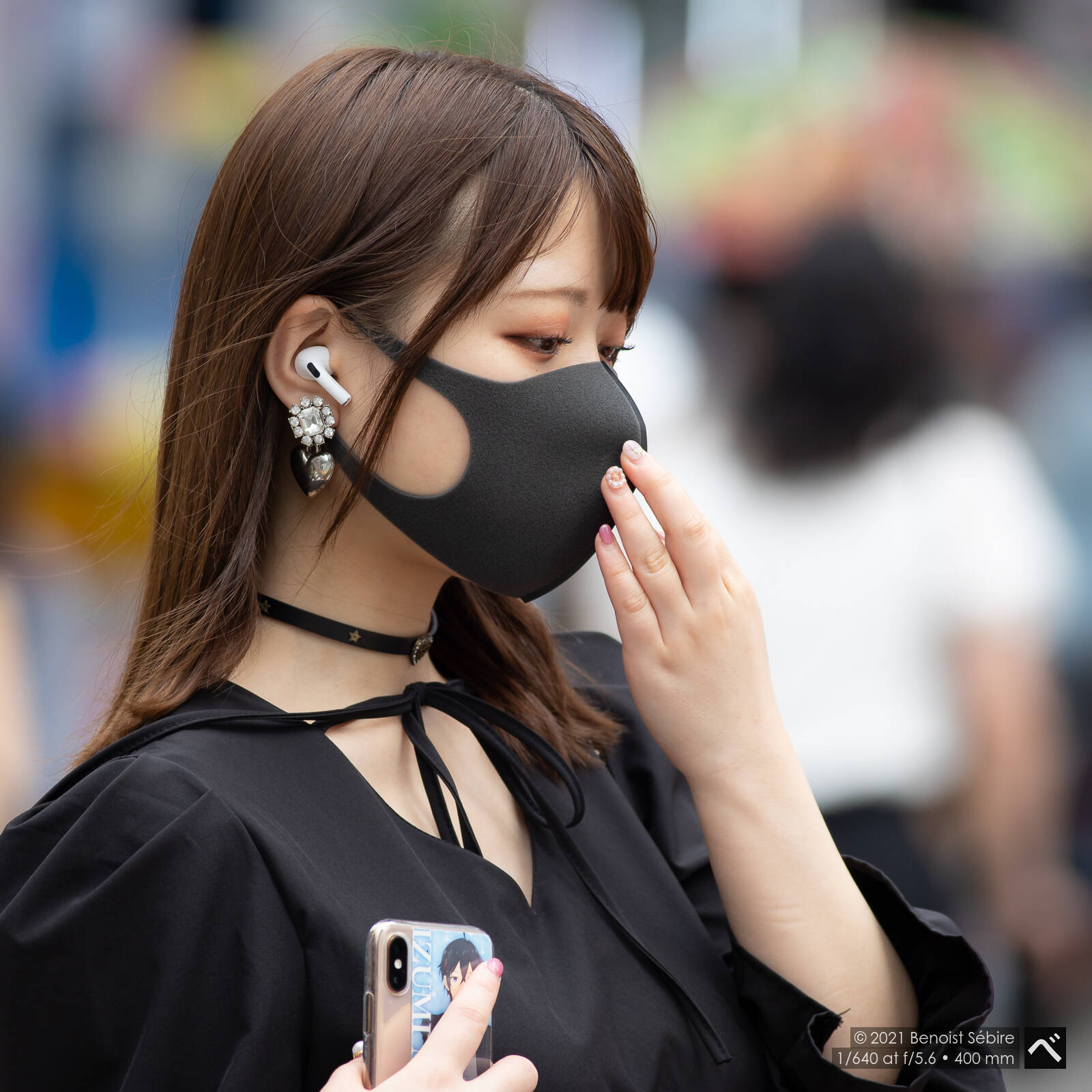Fluffy Purple
Absolutely! Macro lenses have a magical way of uncovering the intricate beauty of tiny flowers—delicate petal textures, fine veins, and even tiny pollen grains come to life in stunning detail. It’s like stepping into a hidden world that’s often overlooked. These lenses turn the mundane into the extraordinary, making even the smallest blooms feel monumental….









